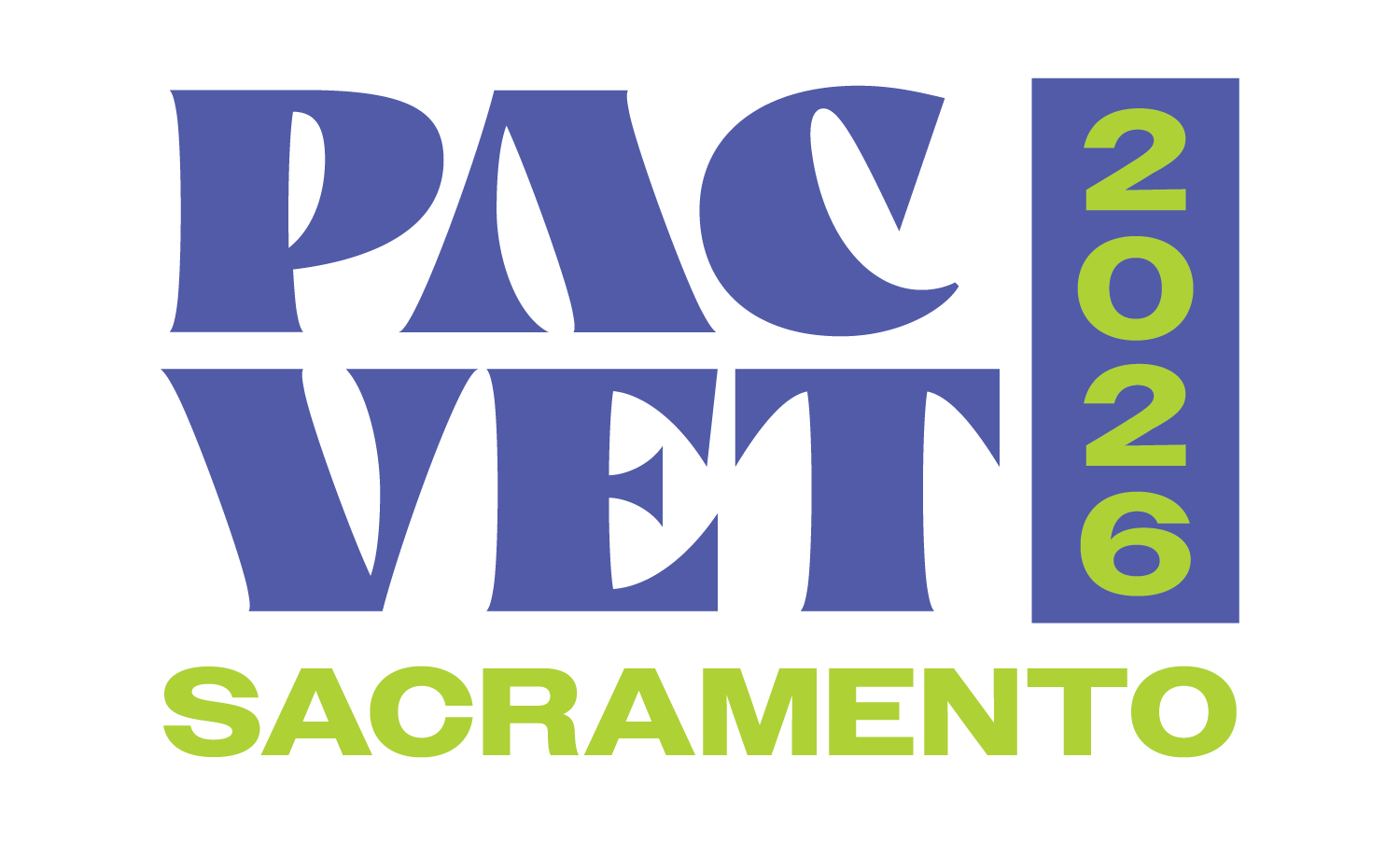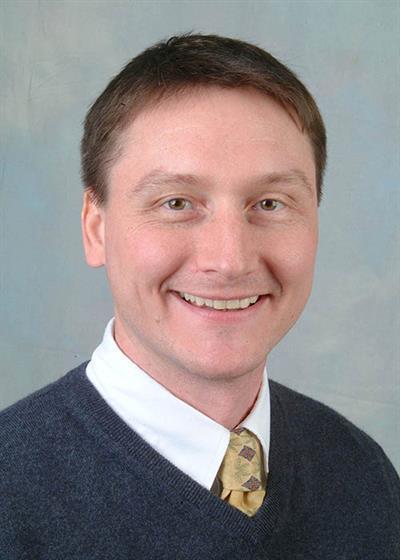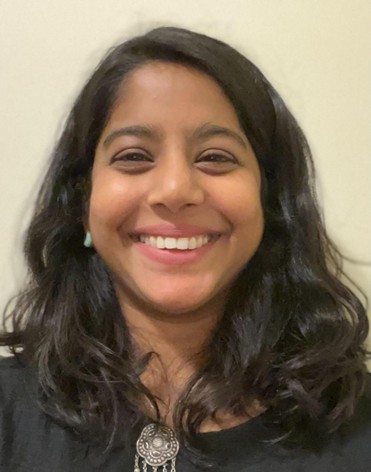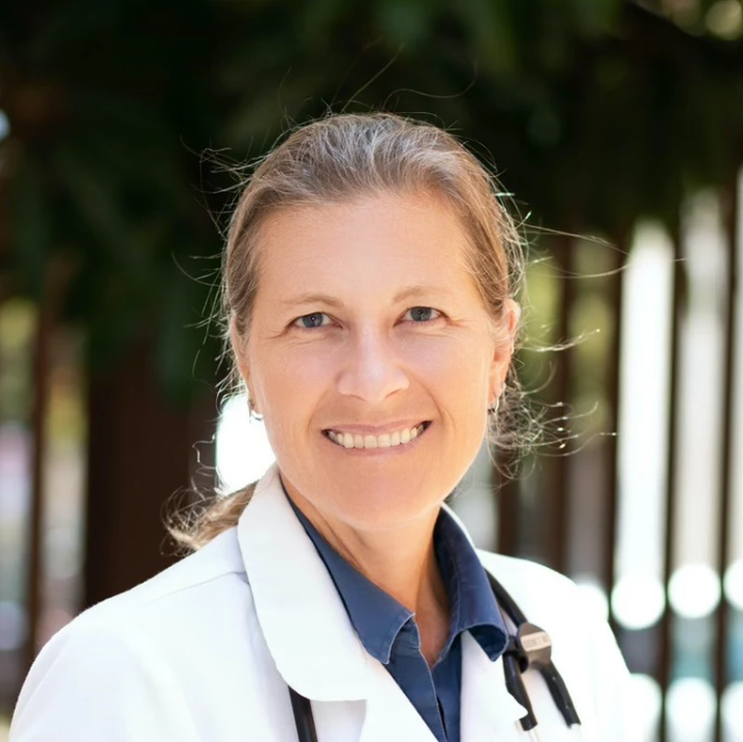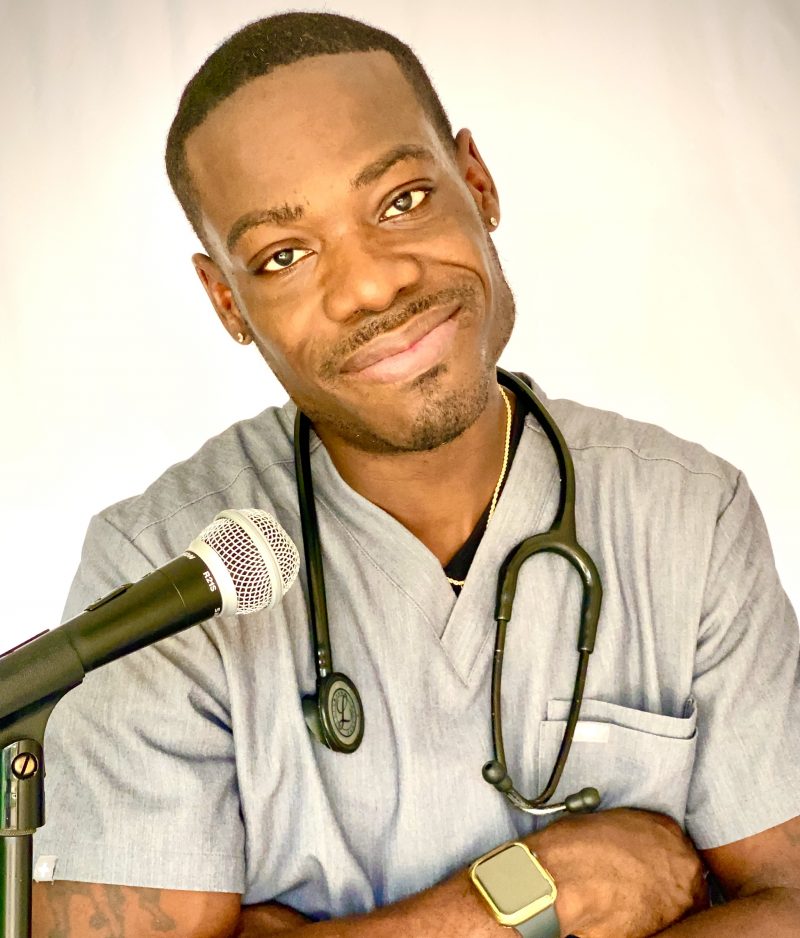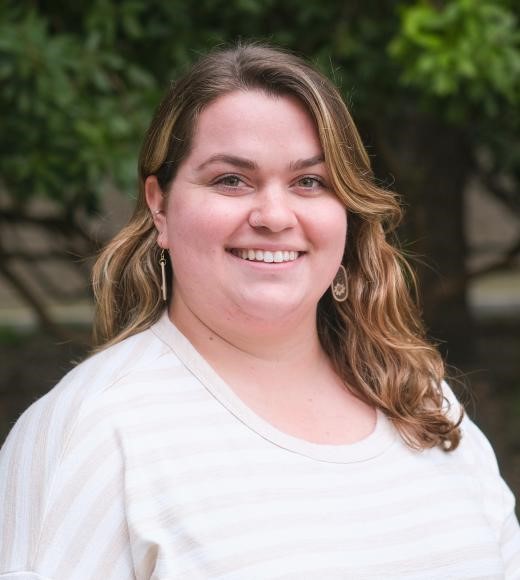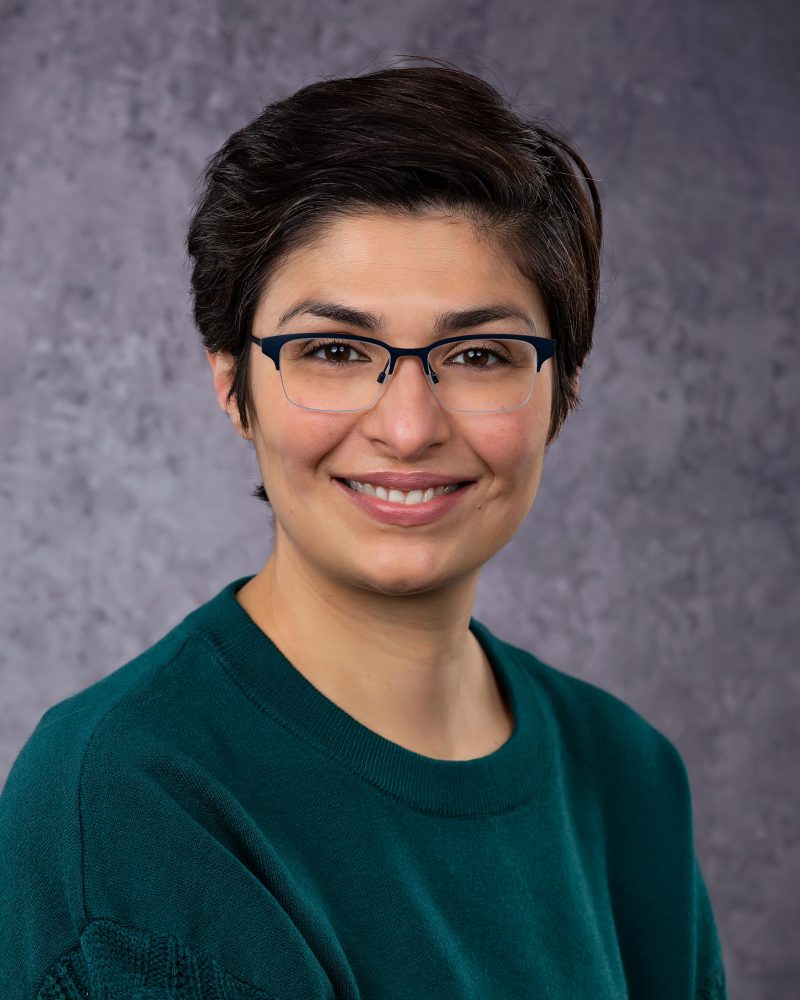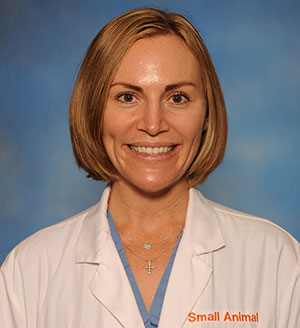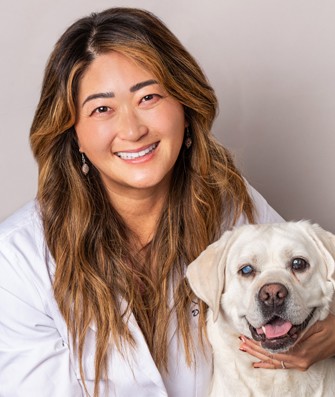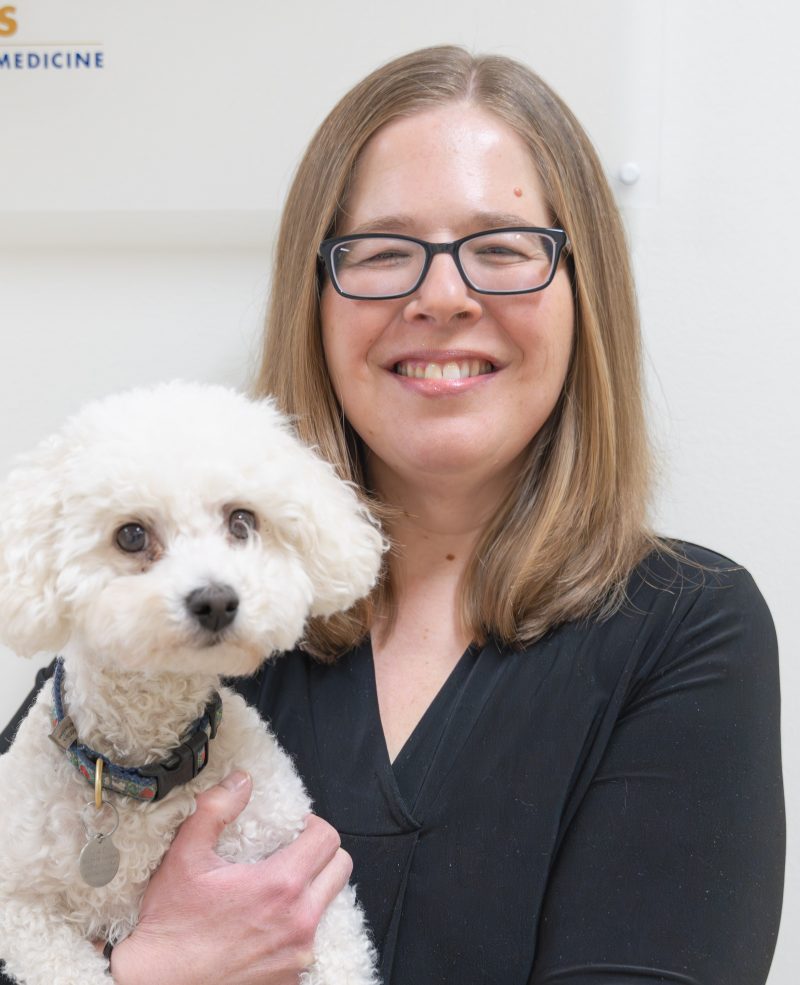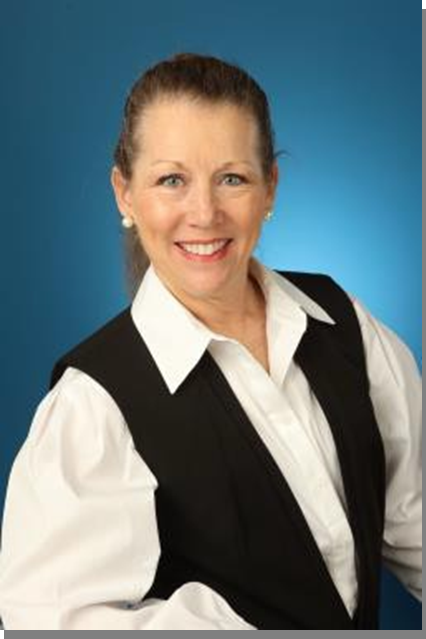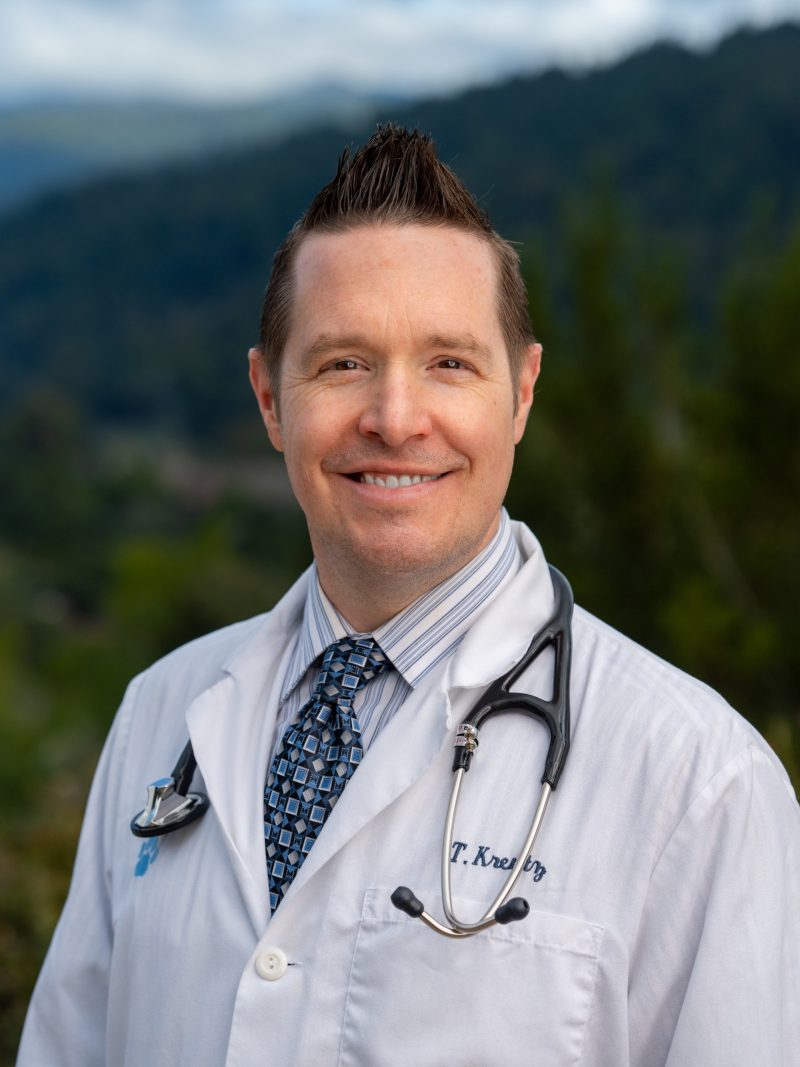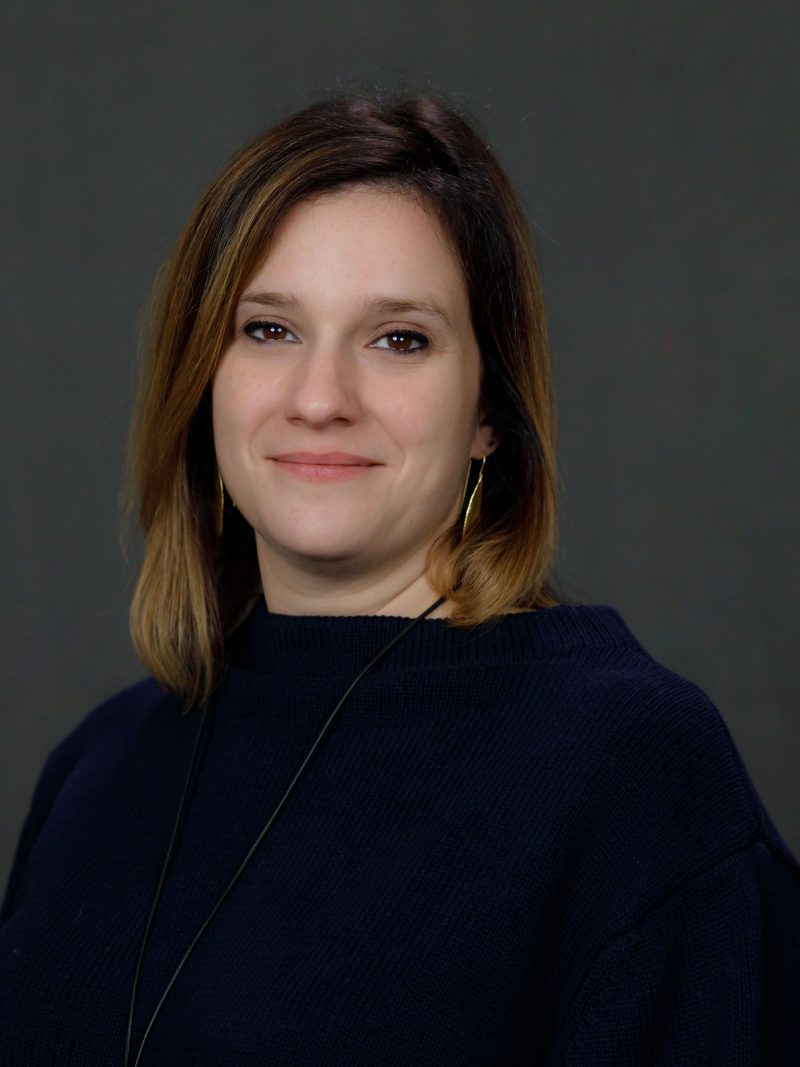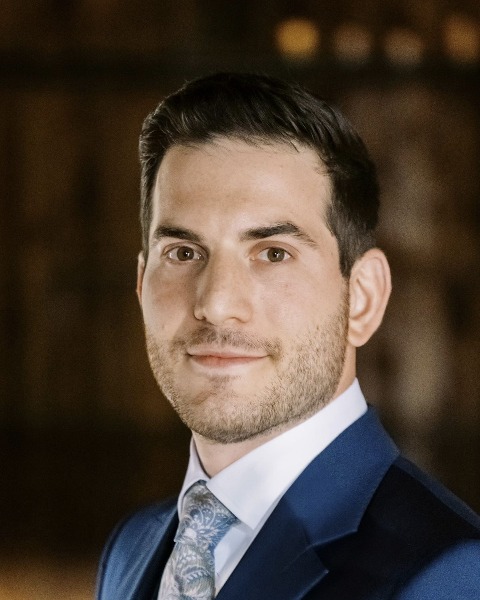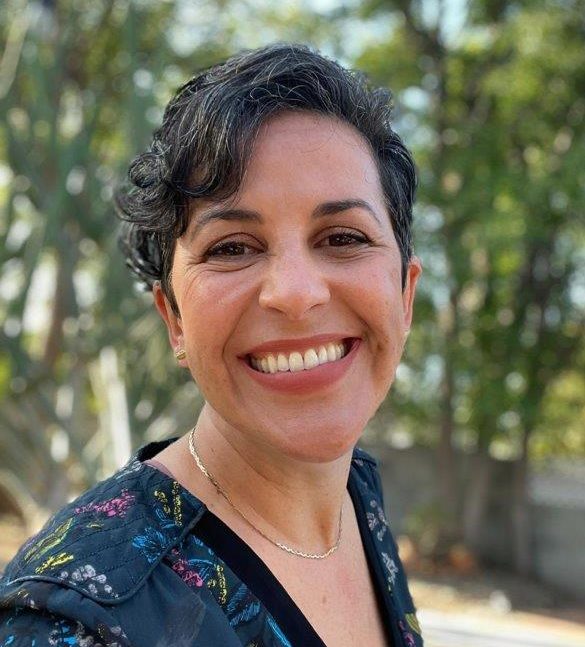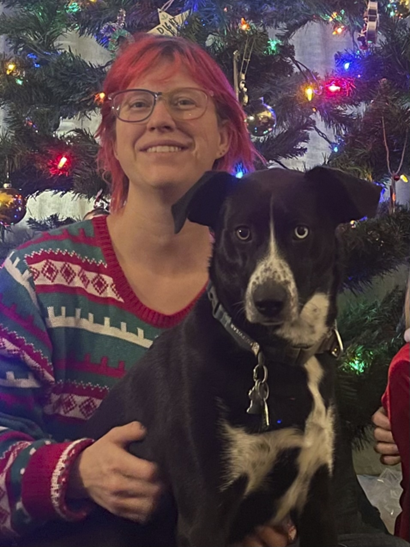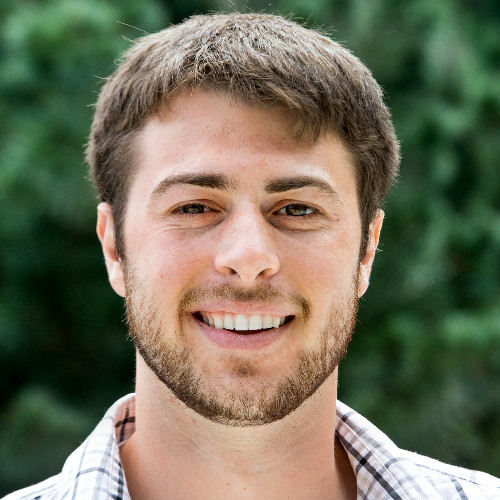| 9:50 AM–10:50 AM |
Laryngeal Paralysis: What I Think Is Interesting
Laryngeal paralysis (lar par) is a common disease process often seen in older Labrador Retrievers and primarily caused by an underlying generalized polyneuropathy. Except for its many aliases, lar par becomes very usefully familiar. However, you may also enjoy discussing the processing involved with respiratory control, the cause of congenital laryngeal paralysis, why the recurrent laryngeal nerves get pulled into the chest, how a neuron cell body supplies and maintains axon terminal function, how Botox works, and why a normal dog won’t get aspiration pneumonia after an epiglottectomy and laryngeal tie-back. |
| 11:00 AM–12:00 PM |
Brachycephalic Obstructive Airway Syndrome: What I Think Is Interesting
Brachycephalic obstructive airway syndrome (BOAS) is a term used to describe the pathologic condition associated with altered respiratory function endured and compensated for by these breeds. Clinical features, diagnostics, case assessment, and treatment outcomes have all been thoroughly discussed and are indeed useful. However, in this lecture, we’ll enjoy a closer look at respiratory control during inspiration, expiration and swallowing, tongue function and control, how a relative macroglossia impacts respiration, sleep apnea, caudal midline glossectomy, and CPAP versus “Inspire” therapy (no mask, no hose, just sleep). |
| 1:30 PM–2:30 PM |
Common Arrhythmias in Surgical Patients: Development and Tx Rationale
In this lecture, we’ll take a fresh look at nodal (“pacemaker”) versus myocardial (inability to self-generate) cell action potentials, the different mechanisms of arrhythmogenesis (increased automaticity, triggered activity, re-entrant circuits), “rate” control versus “rhythm” control strategies, and diagnostic approaches and treatment algorithms for brady- and tachy-arrhythmias. |
| 2:40 PM–3:40 PM |
Surgery: Coagulation and Anticoagulation Agents: Use and Concerns
You may remember, as do I, watching the movie Fantastic Voyage as a child. This lecture will look at platelet activation and propagation, the coagulation cascade and thrombolytics from a similar perspective. We’ll discuss anti-platelet and anticoagulant agents with their situational use, as well as antithrombotics. |
| 4:00 PM–5:15 PM |
Liver Essentials: Portosystemic Shunts and Mucoceles
Congenital portosystemic shunts are vascular abnormalities that cause a variable degree of hepatic insufficiency and range of clinical signs, e.g., hepatic encephalopathy and stranguria. Their diagnosis, treatment options, and prognoses become valuably routine; therefore, we seldom need to take a closer look at the physiology and pathophysiology associated with these anomalies. The same can also be said about biliary mucoceles. In this lecture, we want to take a closer look at obsolete theories and inside black boxes. For example, we’ll enjoy discussing why astrocytes swell when the urea cycle is insufficient, ammonium biurate crystalluria, how bile acids work, ductal plate malformations, what’s so special about ursodiol, Ozempic and Wegovy, and why humans with untreated celiacs disease get biliary mucoceles. |
![]()
